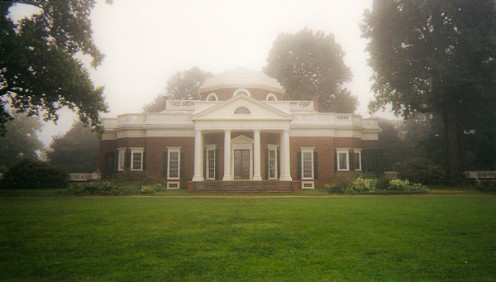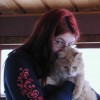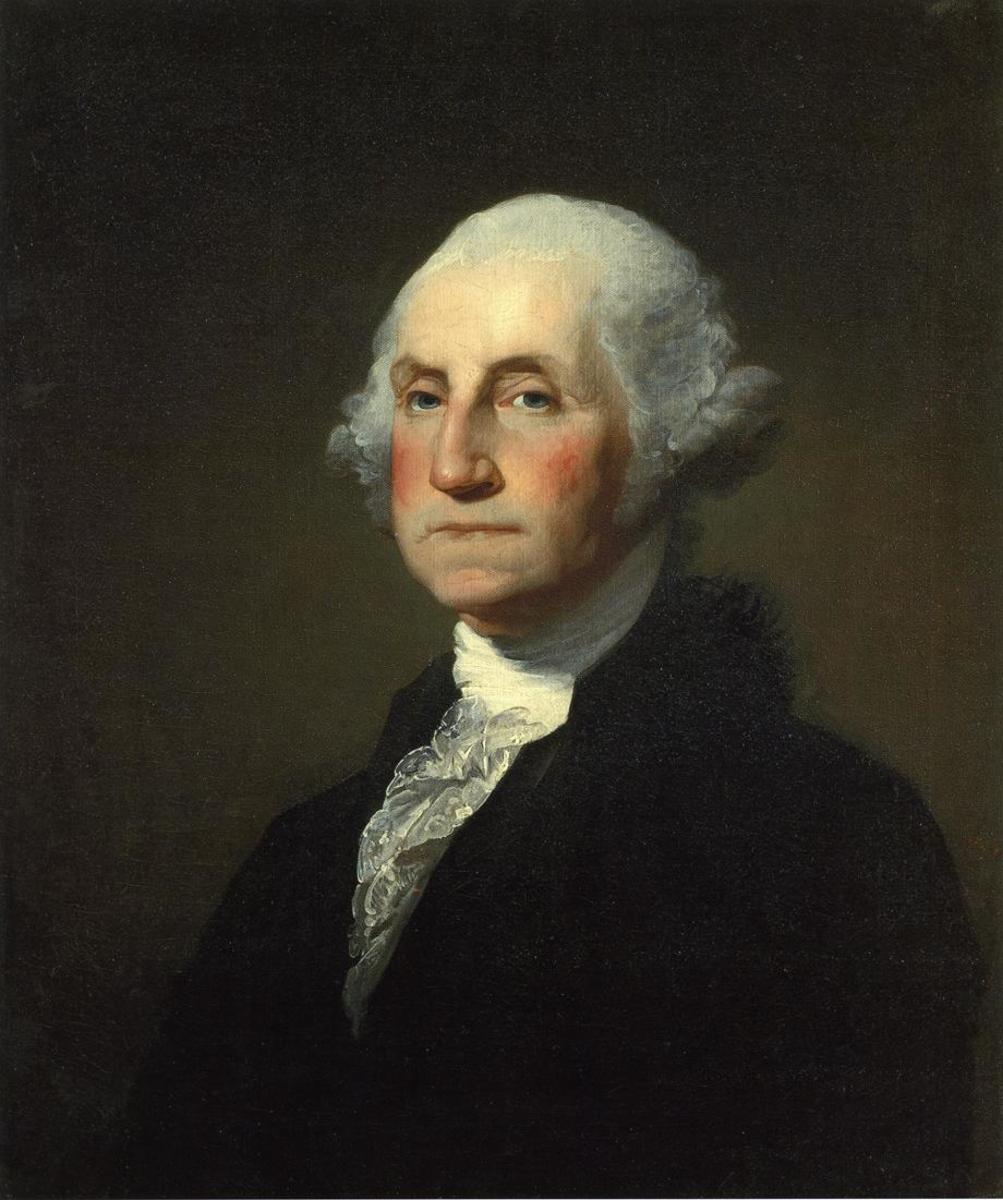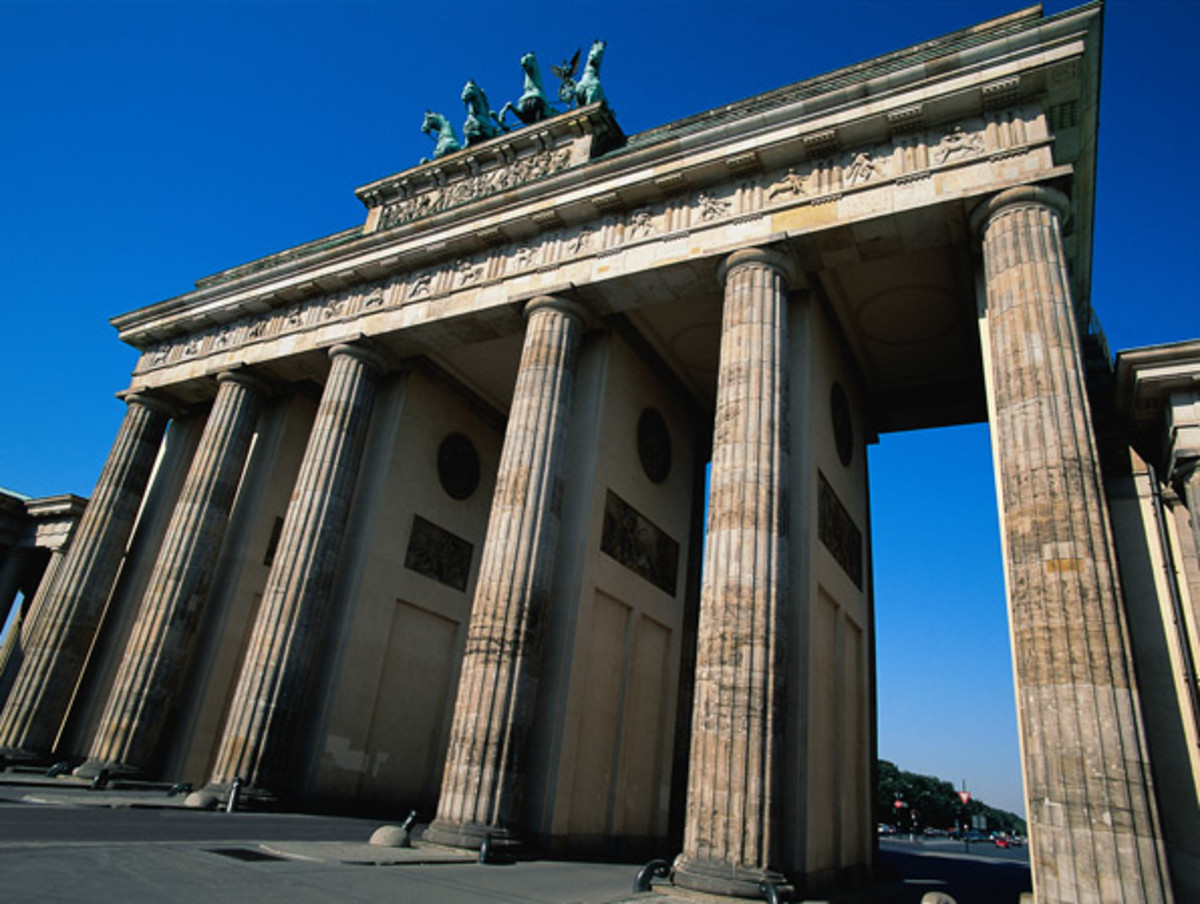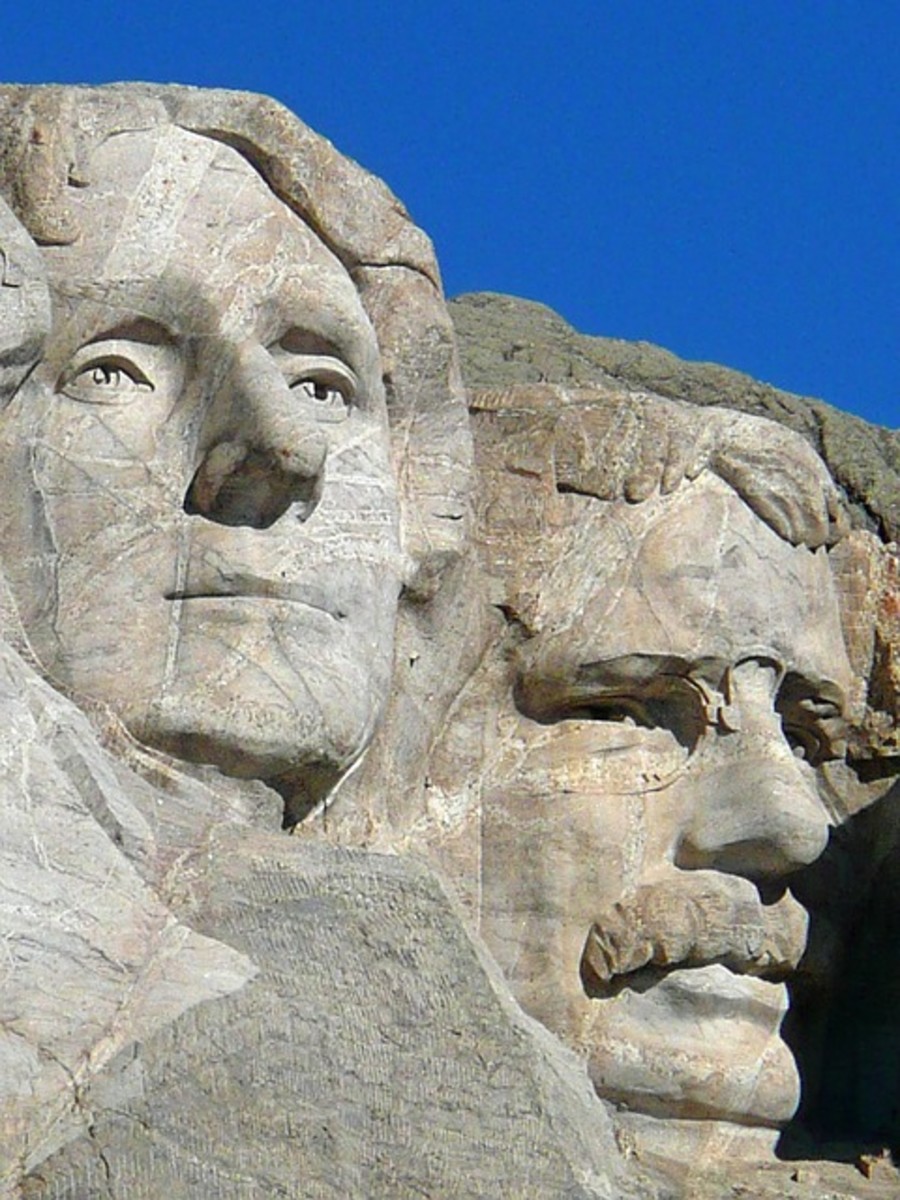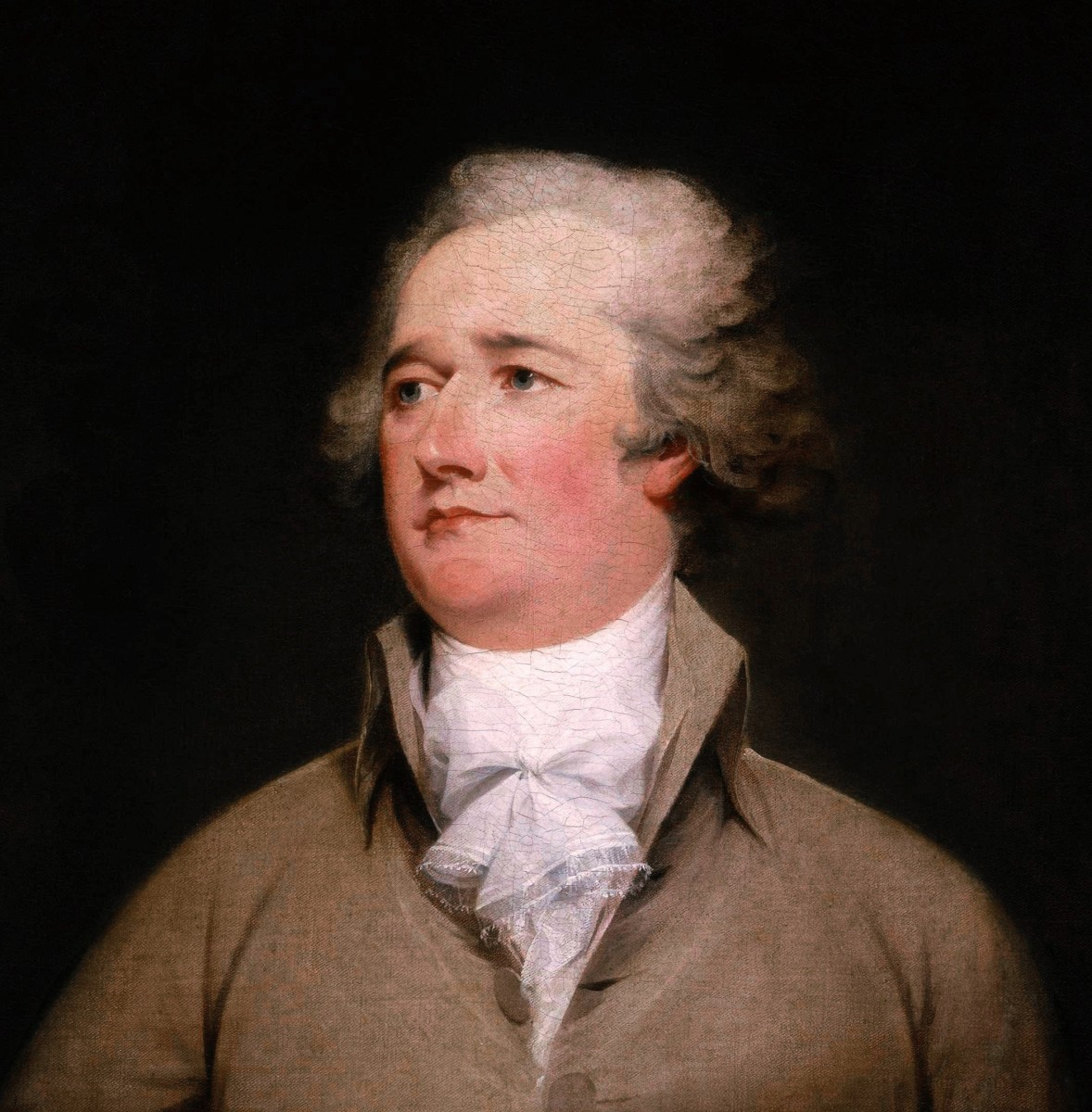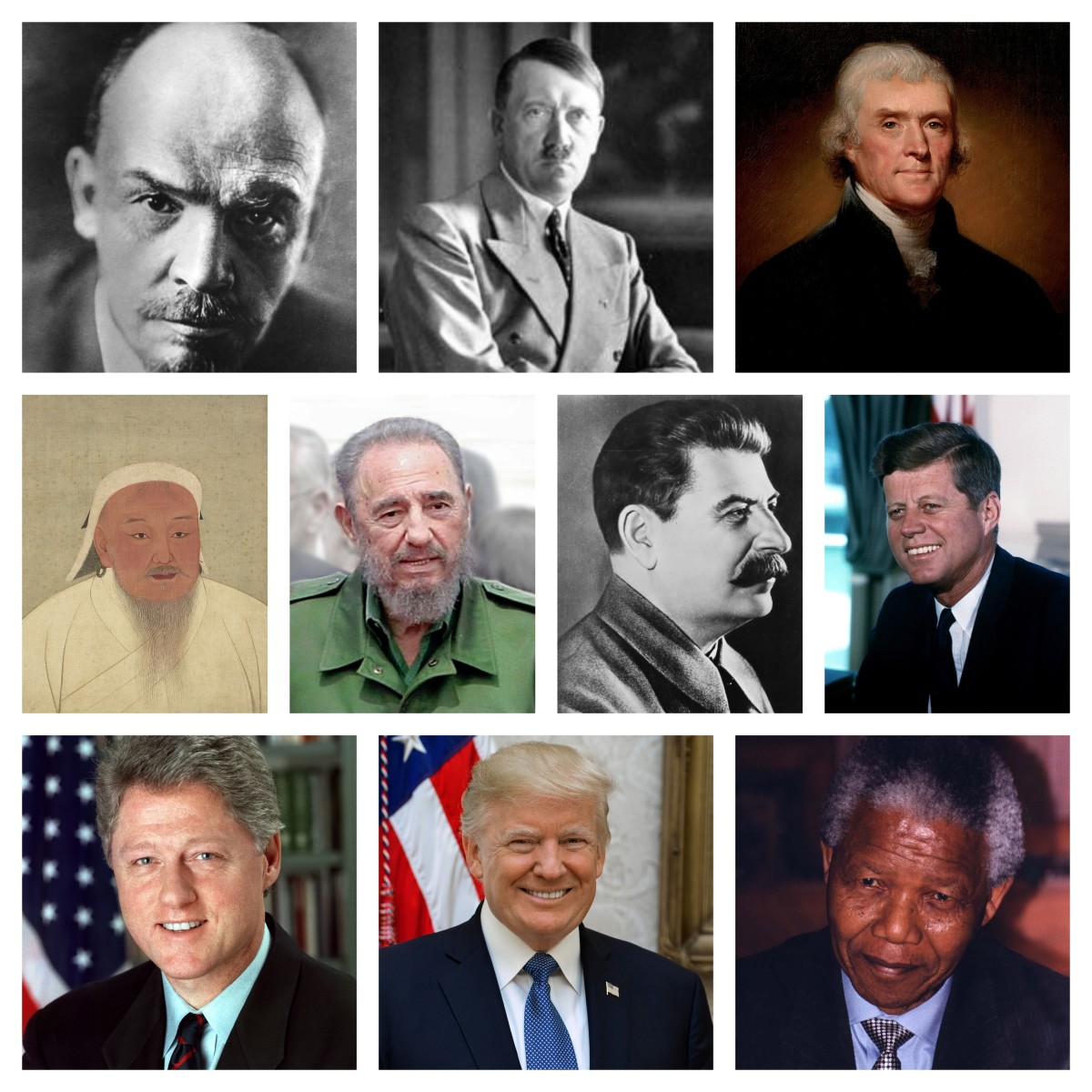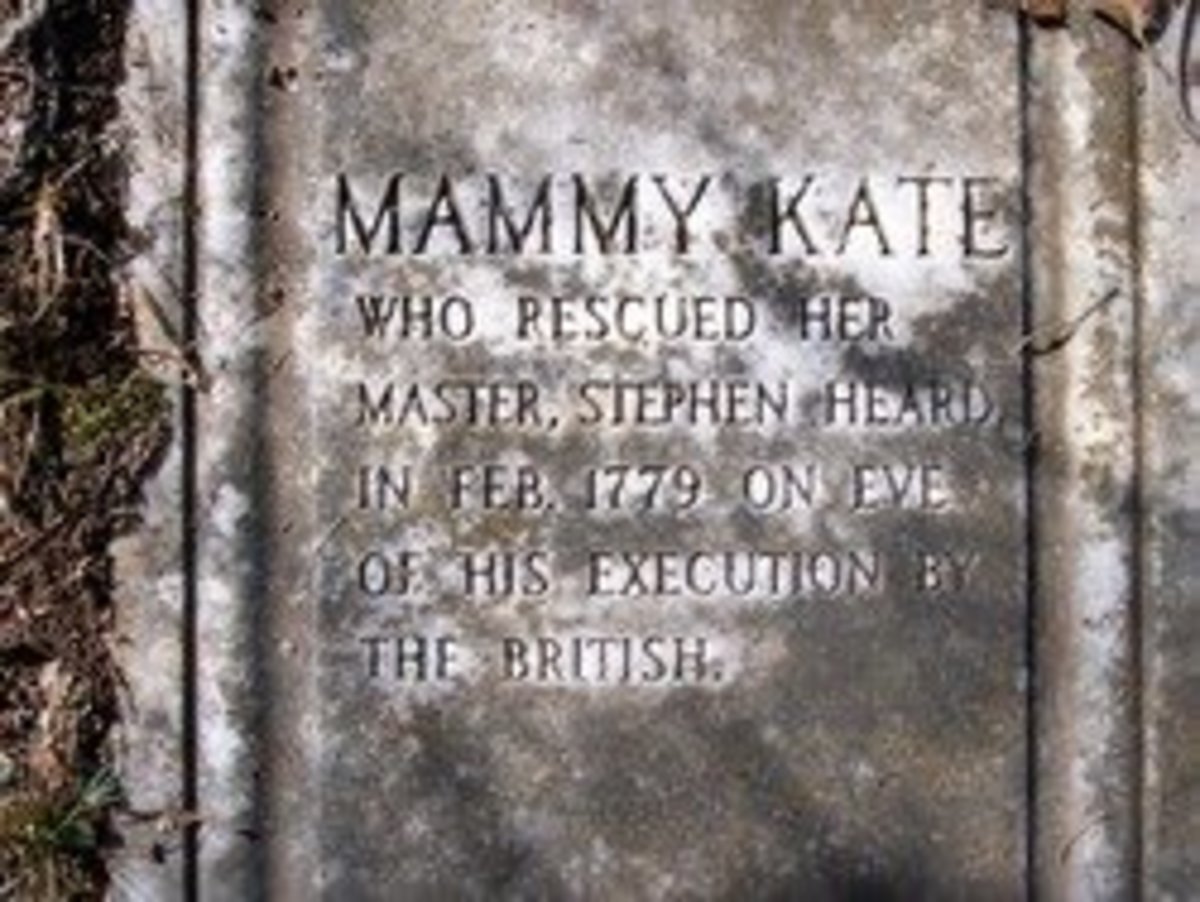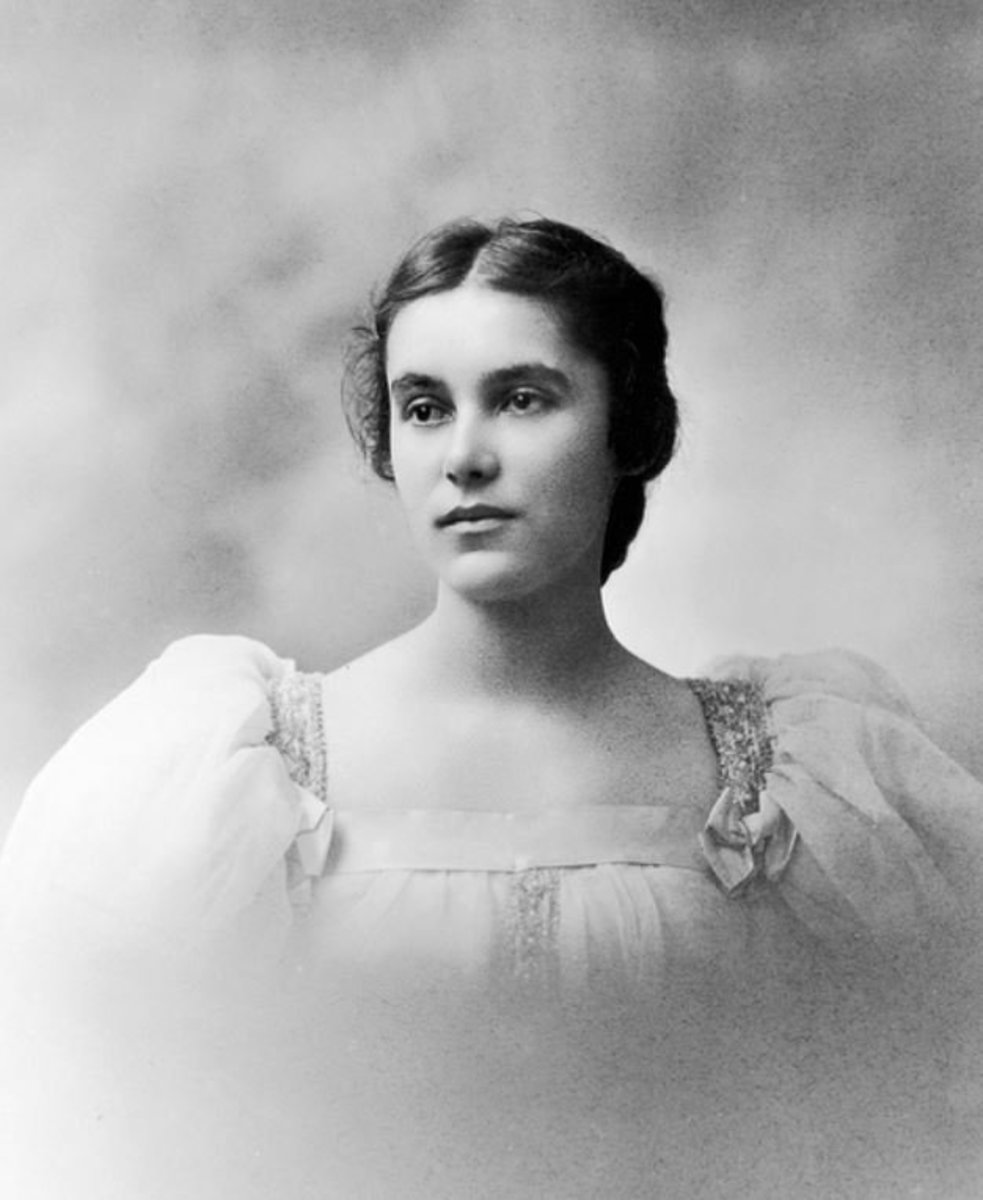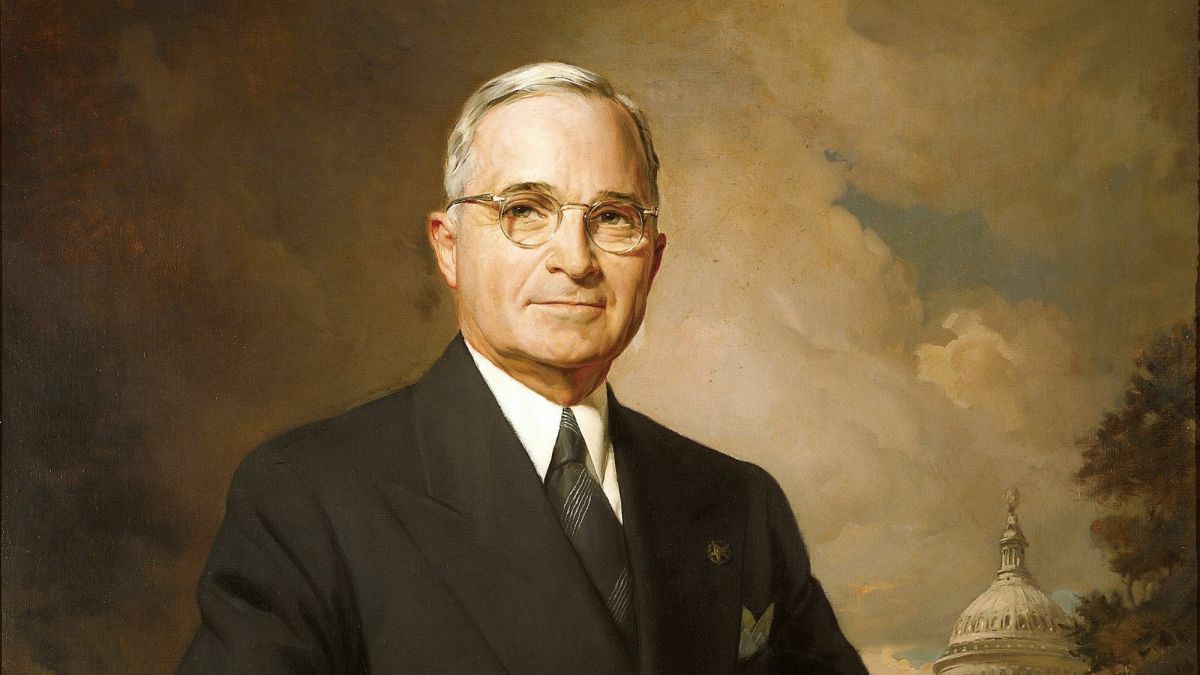- HubPages»
- Education and Science»
- History & Archaeology»
- History of the Americas
The Paul Revere of the South
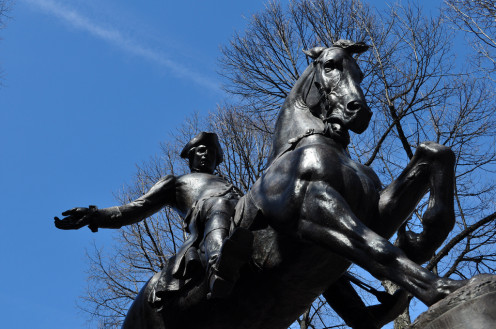
Every American schoolchild learns about the famous ride of Boston resident Paul Revere, who made a heroic midnight ride to warn the Massachusetts colonial council of hostile movements by the British Army. Six years after Revere's ride became legend, patriot Jack Jouett would make an even more perilous journey to save the life of one of the architects of American Independence - Thomas Jefferson.
A Captured Communique
While Paul Revere's ride in 1775 marked the beginning of hostilities, by 1781 the revolution was in full swing. With most of the fighting to the north in New York and New England, Virginia was relatively undefended and for the Americans, only a small contingent under the Marquis de Lafayette was stationed there. On June 1st of 1781, a captured communique brought to British General Lord Cornwallis indicated the British had an opportunity to capture then-Virginia Governor Thomas Jefferson as he made a clandestine meeting with the Virginia legislature in the city of Charlottesville. The communique indicated Jefferson would rendez-vous with other notable revolutionary figures including Patrick Henry, Richard Henry "Lighthorse Harry" Lee, and Benjamin Harrison. Lord Cornwallis had the opportunity to capture many high ranking figures in the revolution unopposed, in one swoop!
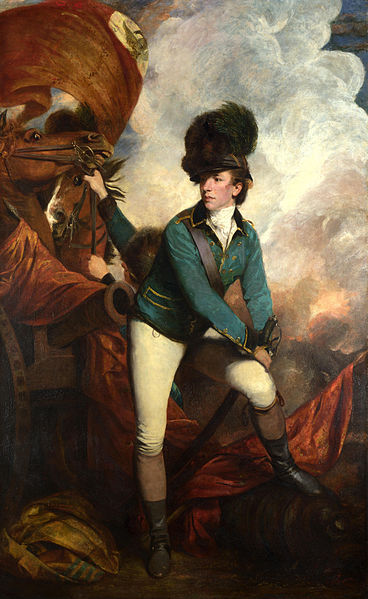
The Bold Banastre Tarleton
The British did not have a large troop presence in Virginia either, but they did have cavalry and mercenary Hessians close to the coast to attempt to maintain order and suppress sedition. Cornwallis' plan to capture Jefferson rested on their commander, Banastre Tarleton. Personally known as a foppish man who indulged in the decadence of life, Lieutenant Colonel Tarleton's cavalry were nevertheless well-known in Virginia as fierce riders and tough fighters. Under cover of darkness on June 3rd he set out from a camp on the North Anna river, intending to march the 70 miles to Charlottesville in 24 hours. This was a difficult feat to attempt. Although the gently rolling hillside was densely forested and lightly populated, Tarleton knew that making the march quickly and efficiently was the only way to guarantee success. This depended on his units maintaining coherency, thus he opted to follow direct roads even though it would be more obvious where his force was headed. By 11 p.m. Tarleton's forces had paused for a rest at the courthouse in Louisa, Virginia.
A Drunken Warning
Some 8 miles earlier, Tarleton's men passed through tiny Cuckoo, Virginia. The Cuckoo Tavern was the only notable feature of the settlement. Tarleton's men were hardly inconspicuous as they passed, rousing some attention from the tavern patrons. One of these, a man sleeping off intoxication on the lawn, was John "Jack" Jouett Jr.
Jouett's family was deeply committed to the revolutionary cause. Prominent residents of Albemarle County, where Charlottesville was the major settlement, he and his father and brothers had signed the Albemarle Declaration, a local version of the Declaration of Independence. Jouett was part of the Virginia militia, and his brothers served in the Continental Army. Surprised to see Tarleton's distinctive "White Coats" pass by, he correctly surmised they were on the way to Charlottesville to capture the undefended legislature. Despite his fatigue, Jouett reasoned the only hope for escape was an early warning.
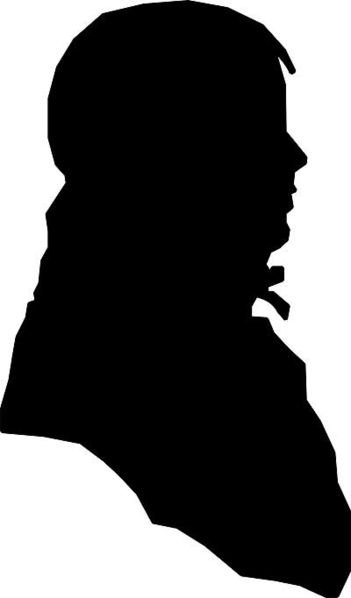
The Midnight Ride
Saddling his horse, Jouett took off for Monticello, Jefferson's mansion home two miles east of Charlottesville. As he rode, Tarleton's men encountered and burned supply trains belonging to the Continental Army on the way to South Carolina. They also stopped at Castle Hill, a mansion belonging to Dr. Thomas Walker, whose son was a member of the Continental Congress. Walker managed to delay the British a half hour, giving Jouett time to arrive at Monticello around 4:30 a.m. Jefferson was already awake and strolling in his gardens, unaware of the danger approaching. He rewarded Jouett with a bottle of Madeira and sent him on the Charlottesville proper. Jouett arrived at Swann Tavern before dawn, rousing most of the legislators and enabling all but 7 to escape.
He also warned Gen. Edward Stevens, who was in Charlottesville to recover from wounds. The ailing Stevens knew he would not ride fast enough to evade British capture, so he and Jouett formed a plan. Switching their normal dress, Jouett wore a plumed hat and fancy dress coast while Stevens wore old, worn riding clothes. The pursuing British fell for the ploy and chased after Jouett, ignoring the shabby Stevens. Jouett eluded them, and both men managed to escape without further harm.
Aftermath of the Ride
Alerted by Jouett, Jefferson did not panic. Rousing his family and guests, he had them breakfasted and then taken to a safehouse fourteen miles away. He spent several hours organizing his papers with a horse saddled and waiting outside for him to make a quick getaway. When cavalry appeared on Monticello's lawn, he finally left, losing the British in the woods near his home. His slaves remained behind and were reportedly hiding his valuables when the British entered the mansion, looking for him.
Re-convening in Staunton, Virginia, the legislature elected Thomas Nelson to replace Jefferson as governor, taking some of the pressure off of him. They also passed a resolution on June 15th honoring Jouett's ride and promising him a pair of pistols and a sword. It took twenty years to fulfill that promise, but Jouett eventually got both rewards.
After the war Jouett moved to Mercer County, Virginia, where he served as a legislator before moving to newly formed Kentucky. There he was an associate of Thomas Clay and Andrew Jackson. Of his descendants two others became part of history. One, his son Matthew Henry became a famous painter. Another served under Admiral Farragut in the War of 1812 and is immortalized in his famous quote, "Damn the torpedoes! Four bells! Captain Drayton go ahead! Jouett full speed!" Jack Jouett died in 1822.
The World Without Thomas Jefferson?
Despite being less known, Jouett's ride was arguably more important than Paul Revere's. As Revere rode out from Boston there were as many as forty other riders leaving in all directions, spreading the tale of the British march. Also, those colonists knew there would be British movement, the only question was when and how. Jefferson and the Virginia legislature were totally unprepared for a British attack. We are simply more aware of Revere's ride from Henry Wadsworth Longfellow's poem "The Midnight Ride of Paul Revere". To balance this, a poem commemorating Jouett's ride was published by the Charlottesville Daily Press in 1909.
What would history look like if Jouett hadn't ridden that night? Thomas Jefferson was one of the most pivotal figures of the American Revolution. During the war he negotiated with the French for military assistance and afterward become our third president. During his presidency he doubled the size of the country through the Louisiana Purchase, commissioned Lewis and Clark to explore the continent, and presided over landmark Supreme Court decisions as just some of his accomplishments. Outside of politics, his interest in architecture, geology, ornithology, anthropology and so many other branches of science left a comprehensive record of the natural world during his life, and the early days of Virginia. He endowed the University of Virginia, one of the finest state universities still in existence. If he had been captured he would have been transported to Britain and tried for treason which would have resulted in his imprisonment and possibly his death. A prominent figure in the revolution would have disappeared and his capture would have demoralized the Virginians in the Continental Army. His legacy would have disappeared from history. Thanks to Jouett's quick thinking and brave ride, that did not happen.
